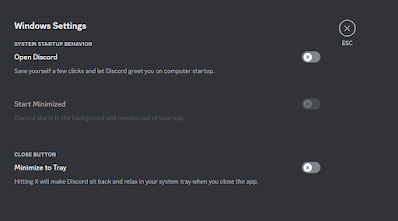Configuration on Root DNS Server:
The root zone maintains information regarding top-level domains. Root-zone servers for internet top-level domains are already deployed. With this you can create your own internet naming scheme, which is usually done in intranets who have their own top-level domains- Install bind packages
- yum install bind bind-utils bind-chroot bind-libs
- Edit named.conf
- vi /etc/named.conf
*remove the allow-query line
*optional remove recursion line
zone "." IN {
type master;
file "root.net";
};
- Create and edit root.net
- vi /var/named/root.net
@ IN SOA root.msm.net. admin.root.msm.net. (
535 ; serial
3H ; refresh
15M ; retry
1W ; expiry
1D ) ; minimum
@ IN NS root.msm.net.
root.msm.net. 999999 IN A 192.168.12.4 //root servers ip and fqdn
msm.net. IN NS ns.msm.net. //primary server's fqdn and zone name
12.168.192.in-addr.arpa IN NS ns.msm.net. // reverse zone named and fqdn of primary dns server
ns.msm.net. IN A 192.168.12.2 //fqdn and ip of primary dns server, you can also add similar entries for secondary dns below
- Open Firwalls
- iptables -I INPUT -p tcp --dport 53 -j ACCEPT
- iptables -I INPUT -p udp --dport 53 -j ACCEPT
- edit resolv.conf
- vi /etc/resolv.conf
nameserver 192.168.12.4 //resolve to its own ip address just to check if server is functioning
- Start named daemon
- service named start
- Query some records that are stored in primary server's database
- nslookup
- cache.msm.net
Configuration on Cache DNS server:
when DNS(bind named) is installed, by default it configures the machine as a caching server. All we have to do is change the file-name in named.conf and create a file accordingly to point towards our own root DNS server.- Install bind packages
- yum install bind bind-utils bind-chroot bind-libs
- Edit named.conf
- vi /etc/named.conf
listen-on port 53 { 192.168.12.5; }; //change this to your ip address
*Remove the allow-query line
*Remove dnssec-lookaside auto;
*DON'T remove the recursion line. Of all the servers, this is the only one that must do recursion
zone "." IN {
type hint;
file "file.ca";
};
*Remove include "/etc/named.root.key";
- Create and edit file.ca
- vi /var/named/file.ca
root.msm.net. 999999 A 192.168.12.4 \\fqdn and ip address of root dns server
- Open Firwalls
- iptables -I INPUT -p tcp --dport 53 -j ACCEPT
- iptables -I INPUT -p udp --dport 53 -j ACCEPT
- edit resolv.conf
- vi /etc/resolv.conf
nameserver 192.168.12.5 //resolve to its own ip address
- Start named daemon
- service named start
- Query some records that are stored in primary server's database
- nslookup
- cache.msm.net
Prefer a Video Walkthrough?
Check this wiki page for more information on what's being done
http://en.wikipedia.org/wiki/Alternative_DNS_root
That's all folks.
Enjoy.
